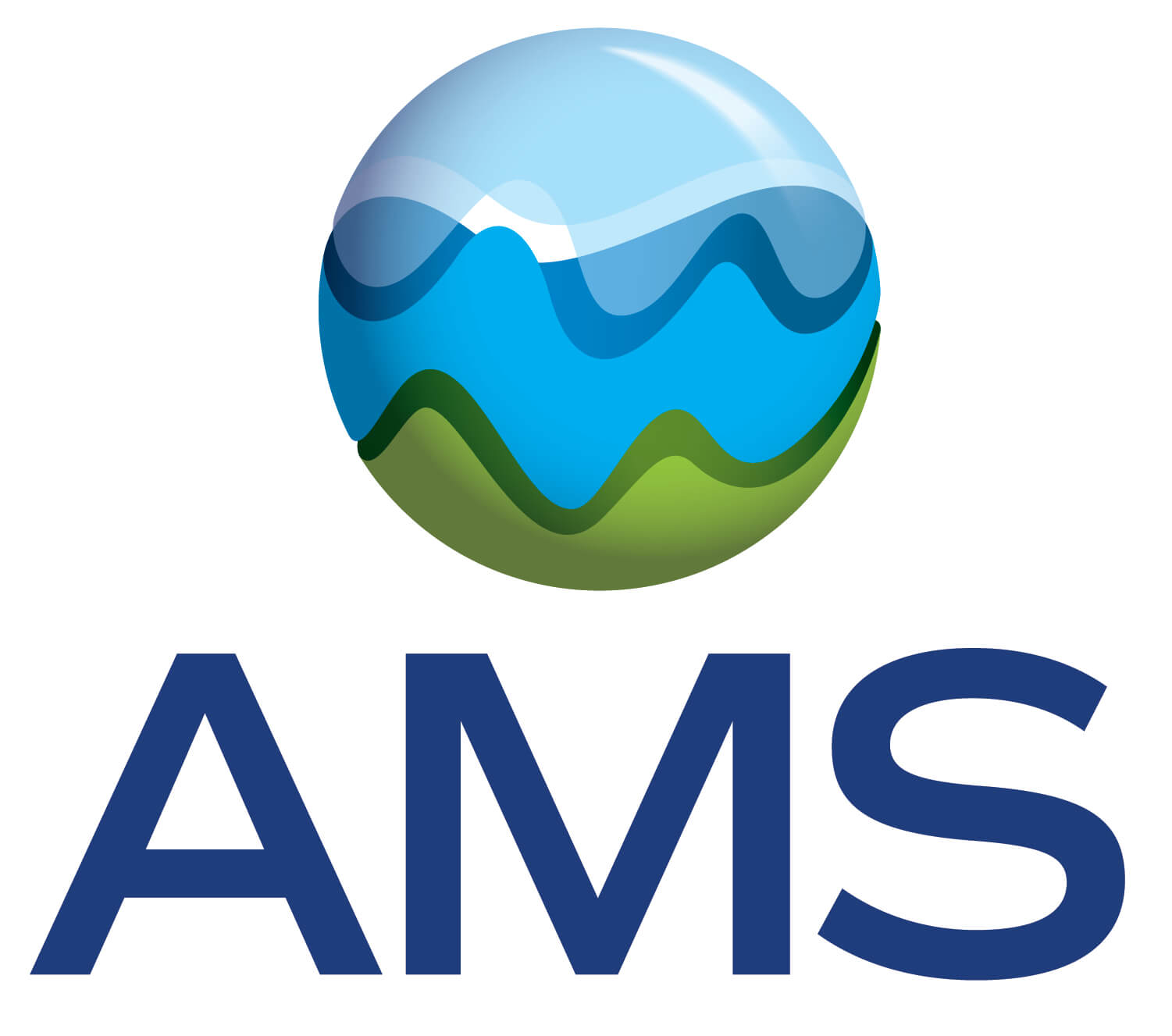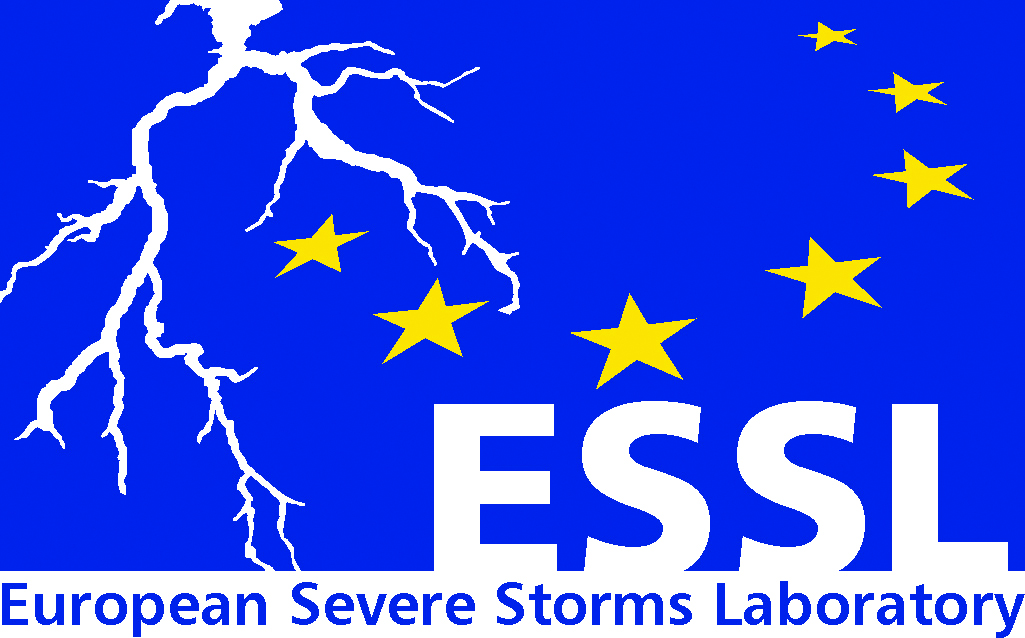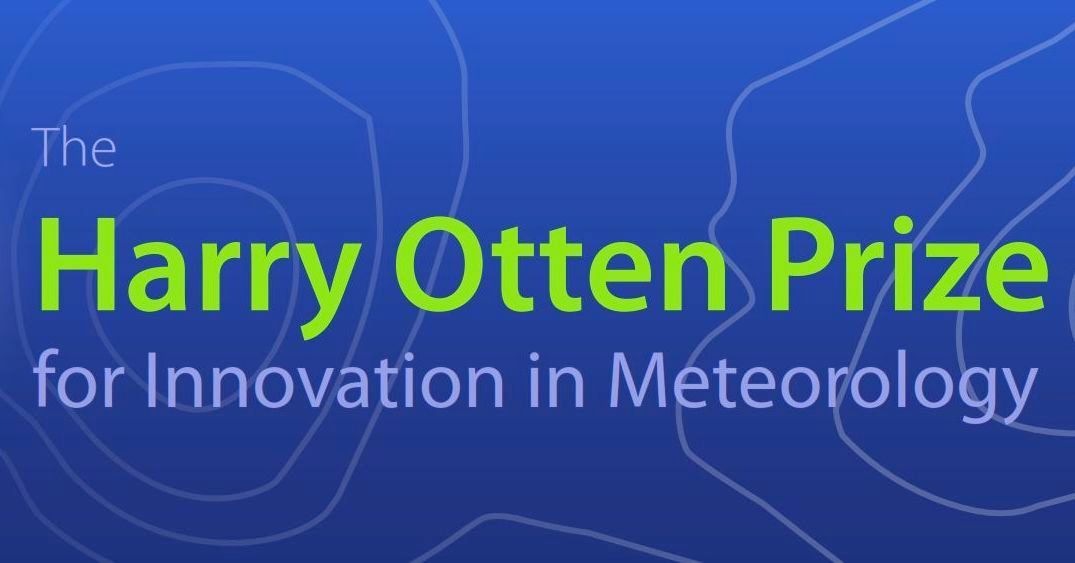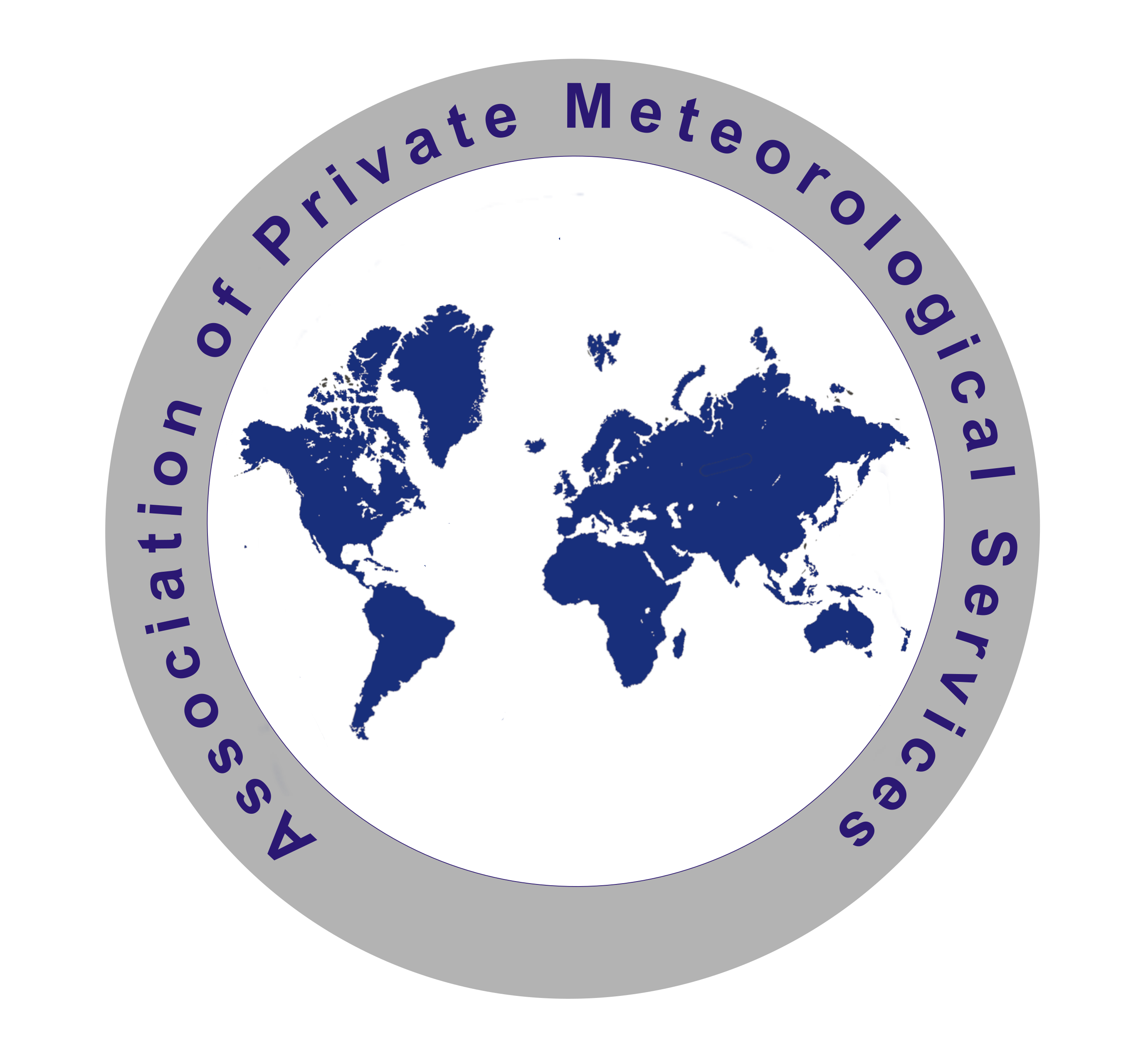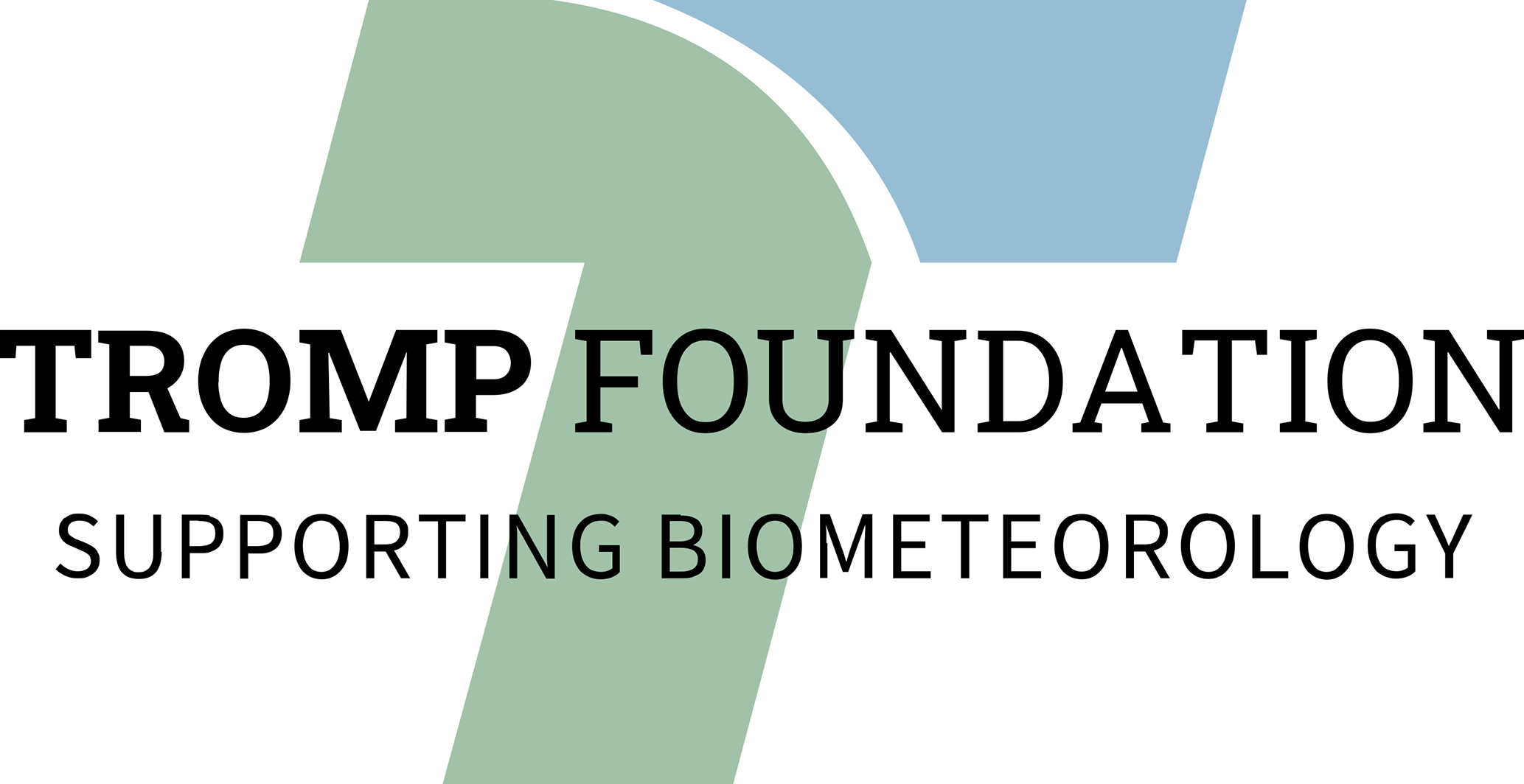Understanding and modelling of atmospheric hazards and severe weather phenomena
With increasing computer power, operational forecast systems have begun to resolve convective scales, yet many hazards are still sub-grid scale phenomena relying on crude parameterizations. However, the promising horizon uncovered by Artificial Intelligence (AI) techniques suggests fruitful synergies between classical computational models and AI to improve severe weather phenomena forecasts.
Furthermore, as our climate changes, certain hazards are likely to become more common and as such an in-depth understanding of how climate change impacts atmospheric hazards is needed.
This session welcomes contributions which increase our understanding of mesoscale and microscale atmospheric processes that might represent a hazard for people, property and the environment. Studies devoted to enhancing our physical and dynamical understanding of severe weather phenomena and their hazards are of particular interest as are contributions incorporating conceptual, observational and modelling research.
Topics of interest include but are not limited to:
1. Deep convection and related hazards: hail, lightning, tornadoes, waterspouts, derechos and downbursts.
2. Mesoscale cyclones (polar lows, medicanes, tropical-like cyclones, mediterranean cyclones) and related hazards: Flash-floods and heavy rain events, strong winds, floods etc.
3. Orographic flows and related hazards: severe gap, barrier, katabatic and foehn winds
4. Cold season hazards: Freezing rain, icing, intense snow falls, cold extremes, fog
5. Warm season hazards: severe droughts, heatwaves
Modelling extreme weather events
16:00–16:15
|
EMS2024-273
|
Online presentation
16:15–16:30
|
EMS2024-380
|
Onsite presentation
16:45–17:00
Poster pitches
17:00–17:15
poster pitches (part 2)
Hail and severe convection
09:15–09:30
|
EMS2024-77
|
Onsite presentation
09:45–10:00
|
EMS2024-772
|
Onsite presentation
10:00–10:15
|
EMS2024-43
|
Onsite presentation
10:15–10:30
|
EMS2024-900
|
Onsite presentation
Comprehensive Application Analysis of Multi-source Data in A Supercell Process in Beijing
(withdrawn)
Coffee break
Chairpersons: Victoria Sinclair, Dario Giaiotti
Mediterranean cyclones
11:00–11:30
|
EMS2024-84
|
solicited
|
Onsite presentation
11:30–11:45
|
EMS2024-1055
|
Onsite presentation
11:45–12:00
|
EMS2024-134
|
Onsite presentation
Windstorsms, snowfall and frosts
12:00–12:15
|
EMS2024-520
|
Onsite presentation
12:15–12:30
|
EMS2024-277
|
Onsite presentation
12:30–12:45
|
EMS2024-251
|
Onsite presentation
12:45–13:00
|
EMS2024-673
|
Onsite presentation
Numerical Investigation of High Impact Foehn storm in February 1925 using WRF and PALM.
(withdrawn)
Lunch break
Chairpersons: Dario Giaiotti, Victoria Sinclair
Extreme precipitation events, moisture tracking and atmospheric rivers
14:00–14:15
|
EMS2024-1040
|
Onsite presentation
14:15–14:30
|
EMS2024-1019
|
Onsite presentation
14:30–14:45
|
EMS2024-560
|
Onsite presentation
14:45–15:00
|
EMS2024-467
|
Onsite presentation
15:00–15:15
|
EMS2024-553
|
Onsite presentation
15:15–15:30
|
EMS2024-186
|
Onsite presentation
Coffee break
Chairpersons: Victoria Sinclair, Dario Giaiotti
Wildfires and droughts
16:00–16:15
|
EMS2024-477
|
Onsite presentation
16:15–16:30
|
EMS2024-579
|
Onsite presentation
16:30–16:45
|
EMS2024-934
|
Onsite presentation
16:45–17:00
|
EMS2024-902
|
Onsite presentation
17:00–17:15
|
EMS2024-1095
|
Online presentation
VB33
|
EMS2024-696
A preliminary assessment of economic damages caused by weather hazards in the city of Santander (Northern Spain)
(withdrawn)

